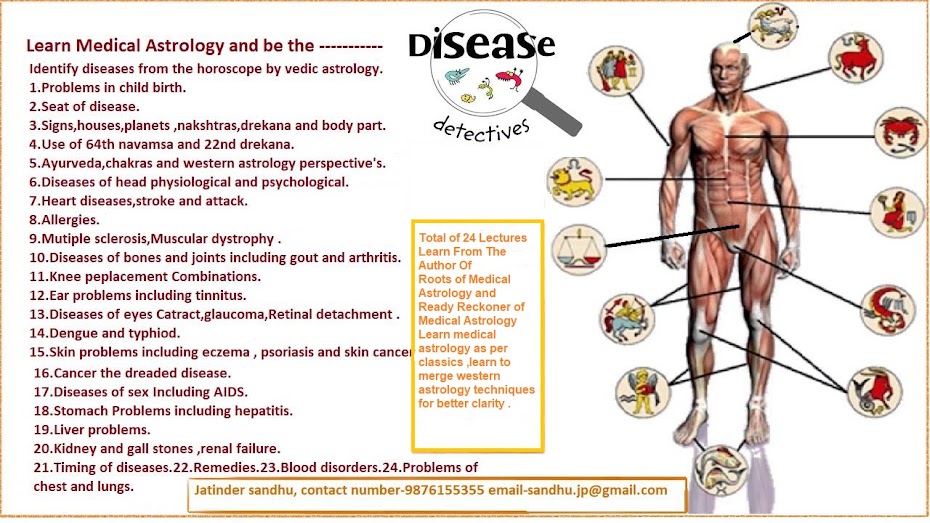The female experience
Tantric guru
In the female body, the point of concentration is at Mooladhara chakra, which is situated at the cervix, just behind the opening of the uterus. This is the point where space and time unite and explode in the form of an experience. That experience is known as orgasm in ordinary language, but in the language of Tantra it is called an awakening. In order to maintain the continuity of that experience, it is necessary for a buildup of energy to take place at that particular Bindu or point. Usually this does not happen, because the explosion of energy dissipates throughout the body through the sexual medium. In order to avoid this, the woman must be able to hold her mind in absolute concentration on that particular point. For this, the practice is known as Sahajoli.
Actually, Sahajoli is concentration on the Bindu, but this is very difficult. Therefore, the practice of Sahajoli, which is the contraction of the vaginal as well as the uterine muscles, should be practiced over a long period of time.
If girls are taught Uddiyana bandha at an early age, they will perfect Sahajoli quite naturally with time. Uddiyana bandha is always practiced with external retention. It is important to be able to perform this in any position. Usually it is practiced in Siddhayoni asana, but one should be able to do it in Vajrasana or the crow posture as well. When you practice Uddiyana Bandha, the other two Bandhas - Jalandhara and Moola bandha occur spontaneously.
Years of this practice will create a keen sense of concentration on the correct point in the body. This concentration is more mental in nature, but at the same time, since it is not possible to do it mentally, one has to start from some physical point. If a woman is able to concentrate and maintain the continuity of the experience, she can awaken her energy to a high level.
According to Tantra, there are two different areas of orgasm. One is in the nervous zone, which is the common experience for most women, and the other is in Mooladhara chakra. When Sahajoli is practiced during Maithuna (the act of sexual union), Mooladhara chakra wakes up and the spiritual or tantric orgasm takes place.
When the female yogi is able to practice Sahajoli for say 5 to 15 minutes, she can retain the tantric orgasm for the same period of time. By retaining this experience, the flow of energy is reversed. Circulation of blood and sympathetic/parasympathetic forces move upward. At this point, she transcends normal consciousness and sees the light. That is how she enters the deep state of Dhyana. Unless the woman is able to practice Sahajoli, she will not be able to retain the impulses necessary for the tantric orgasm, and consequently she will have the nervous orgasm, which is short-lived and followed by dissatisfaction and exhaustion. This is often the cause of a woman's hysteria and depression.
So, Sahajoli is an extremely important practice for women. In Uddiyana, Nauli, Naukasana, Vajrasana and Siddha yoni asana, Sahajoli comes naturally.
The practice of Amaroli is also very important for married women. The word Amaroli means 'immortal' and by this practice one is freed of many diseases. The practice of Amaroli over a prolonged period also produces an important hormone known as prostaglandin which destroys the ova and prevents conception.
Tantric guru
Just as in the scheme of creation, Shakti is the creator and Shiva the witness of the whole game, in Tantra the woman has the status of guru and the man of disciple. The tantric tradition is actually passed on from the woman to the man. In the tantric practice, it is the woman who initiates.
It is only by her power that the act of Maithuna takes place. All preliminaries are done by her. She puts the mark on the man's forehead and tells him where to meditate. In ordinary interaction, the man takes the aggressive role and the woman participates. But in Tantra, they switch roles. The woman becomes the operator and the man her medium. She has to be able to arouse him. Then, at the right moment, she must create the Bindu so he can practice Vajroli. If the man loses his Bindu, it means that the woman has failed to carry out her functions properly.
In Tantra it is said that Shiva is incapable without Shakti. Shakti is the priestess. Therefore, when Vama Marga is practiced, the man must have an absolutely tantric attitude towards the woman. He cannot behave with her as men generally do with other women. Ordinarily, when a man looks at a woman he becomes passionate, but during Maithuna he should not. He should see her as the divine mother, Devi, and approach her with an attitude of devotion and surrender, not with lust.
According to the tantric concept, women are more endowed with spiritual qualities and it would be a wise thing if they were allowed to assume higher positions in social affairs. Then there would be greater beauty, compassion, love and understanding in all spheres of life. What we are discussing here is not patriarchal society versus matriarchal society, but Tantra, particularly left hand Tantra.In Tantra, the practice of Maithuna is said to be the easiest way to awaken Sushumna, because it involves an act which most people are already accustomed to. But, frankly speaking, very few are prepared for this path. Ordinary sexual interaction is not Maithuna. The physical act may be the same, but the background is totally different.
In the relationship between husband and wife, for example, there is dependency and ownership, but in Tantra each partner is independent, one unto himself. Another difficult thing in tantric Sadhana (spiritual practice) is cultivating the attitude of passionlessness. The man has to virtually become Brahmacharya in order to free the mind and emotions of sexual thoughts and passion which normally arise in the presence of a woman.
Both partners must be absolutely purified and controlled internally and externally before they practice Maithuna. This is hard for the ordinary person to comprehend because for most people, sexual interaction is the result of passion and physical or emotional attraction, either for progeny or pleasure. It is only when you are purified that these instinctive urges are absent. This is why, according to tradition, the path of Dakshina Marga (Dakshina marga is the right path of yoga practices without sexual enactment.) must be followed for many years before the path of Vama Marga (Varna marga is the left path which combines sexual life with yoga practices in order to explode the dormant energy centers.) can be entered. Then the interaction of Maithuna does not take place for physical gratification. The purpose is very clear - awakening of Sushumna,( the middle pranic channel , it runs through the spinal cord) raising the Kundalmi energy from Mooladhara chakra, and exploding the unconscious areas of the brain.
If this is not clear when you practice the Kriyas and Sushumna becomes active, you will not be able to face the awakening. Your head will get hot and you will not be able to control the passion and excitement, because you have not tranquilized your brain.
Therefore, in my opinion, only those who are adepts in yoga qualify for Vama Marga. This path is not to be used indiscriminately as a pretext for self-indulgence. It is meant for mature and serious minded householder Sadhakas, who are evolved, who have been practicing Sadhana to awaken the energy potential and to attain Samadhi. They must utilize this path as a vehicle of awakening; otherwise it becomes a path of downfall.

